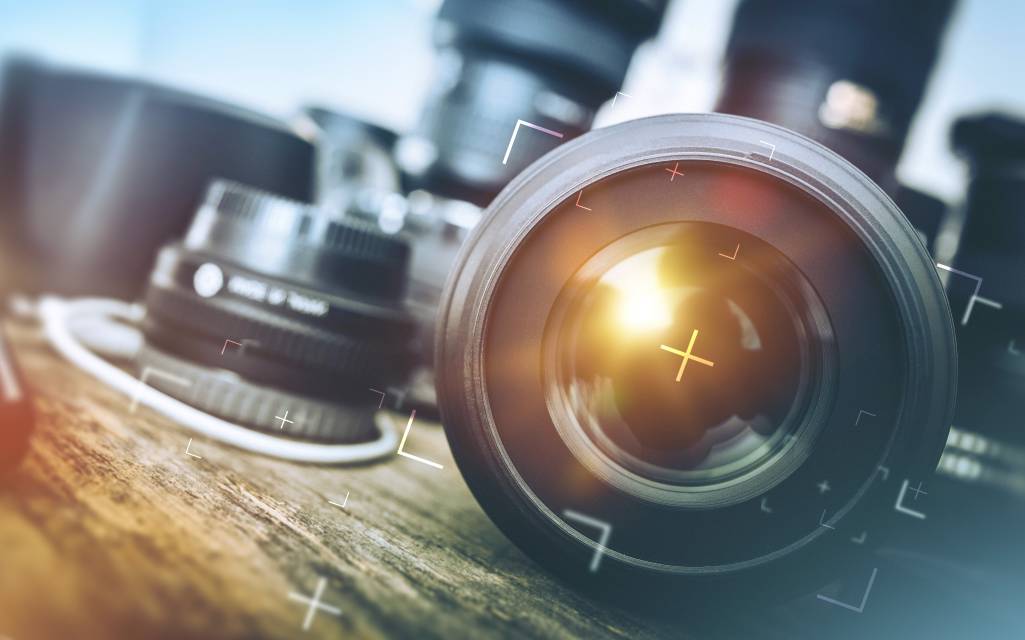Looking for a new camera lens? For sure, you will be overwhelmed with the long list of possibilities, but this should not give you the reason to decide in haste. If you need a helping hand, read the rest of this post and we’ll share the basics that you have to know. Whether you intend to buy a new one or consider camera lens rental as an alternative, you need to be educated to arrive at a well-informed decision.
The Anatomy of a Lens
First, let us discuss the major parts of a lens. Understanding its construction is important to evaluate its quality, and this will also have an impact on its performance:
- Barrel: This is the tube that makes up the body of the lens. It can be made of plastic or metal, depending on the price range. The material of choice will dictate how durable it will be.
- Elements: It provides the optical framework of the camera. This refers to the parts that you can find inside the camera.
- Bayonet: This is the end part of the lens that is attached to the body of the camera. It is made to be compatible with specific camera bodies or models.
- Zoom Ring: This is the part that you will have to turn to zoom in or out, depending on how close you want to be to the subject.
- Focus Ring: As the name implies, this is used to focus on the subject.
Terms You Need to Know
Now that we have covered the main parts of the camera lens, let us discuss some of the terms that you will often hear or read about. Understanding the meaning of these words will be good to understand how they work and how one product is different compared to all others.
- Focal Length: The simplest way to look at it is the distance between the image receptor of the camera and the point where the light enters the lens. This will have an effect on the field of view or how wide the lens is.
- Prime Lens: This is a type of camera lens that comes with a fixed focal length and does not zoom. It is the perfect lens if you plan on taking portraits.
- Zoom Lens: This is the opposite of the prime lens. It has moving elements that make it more versatile. It is large and bulky, so this might not be a good choice if you are after portability.
- Aperture: This is one of the numbers that you might find confusing as a beginner. This will determine the ability of the lens to shoot in low-light conditions. The smaller the aperture is, the better it will perform in conditions with poor lighting.
From the things mentioned above, we hope that we made things easier for you! Now, if you would rather rent than buy lenses, consider BorrowLenses as an alternative. They have a variety of brands and models available, making sure that there is one suitable for your needs.



